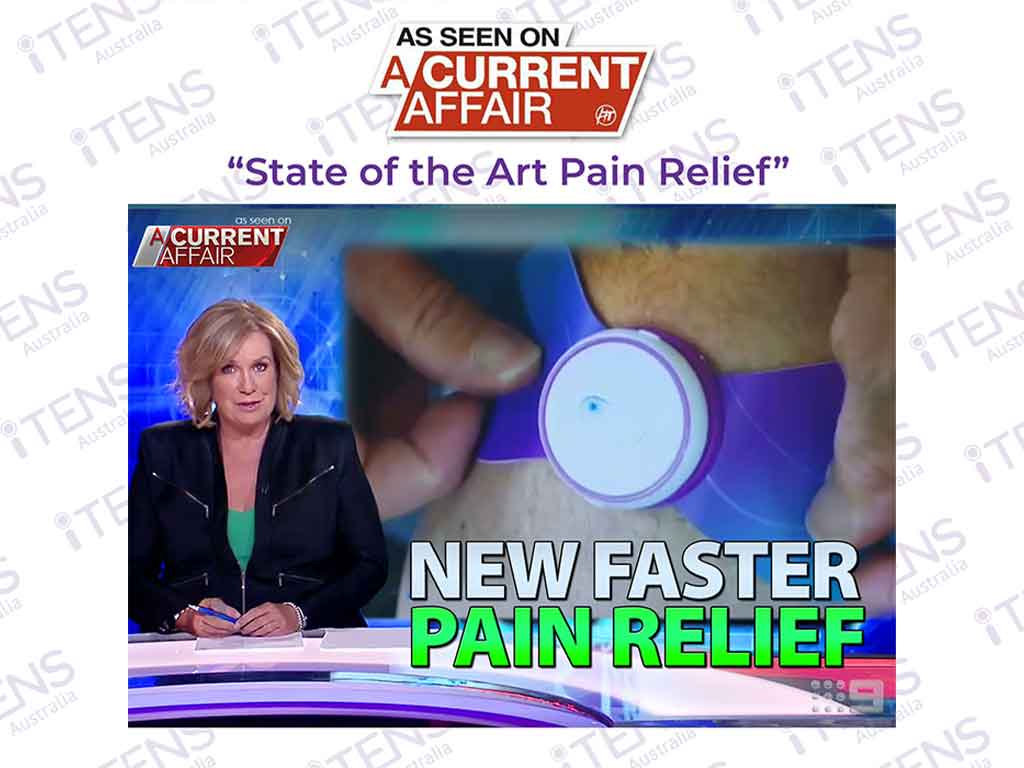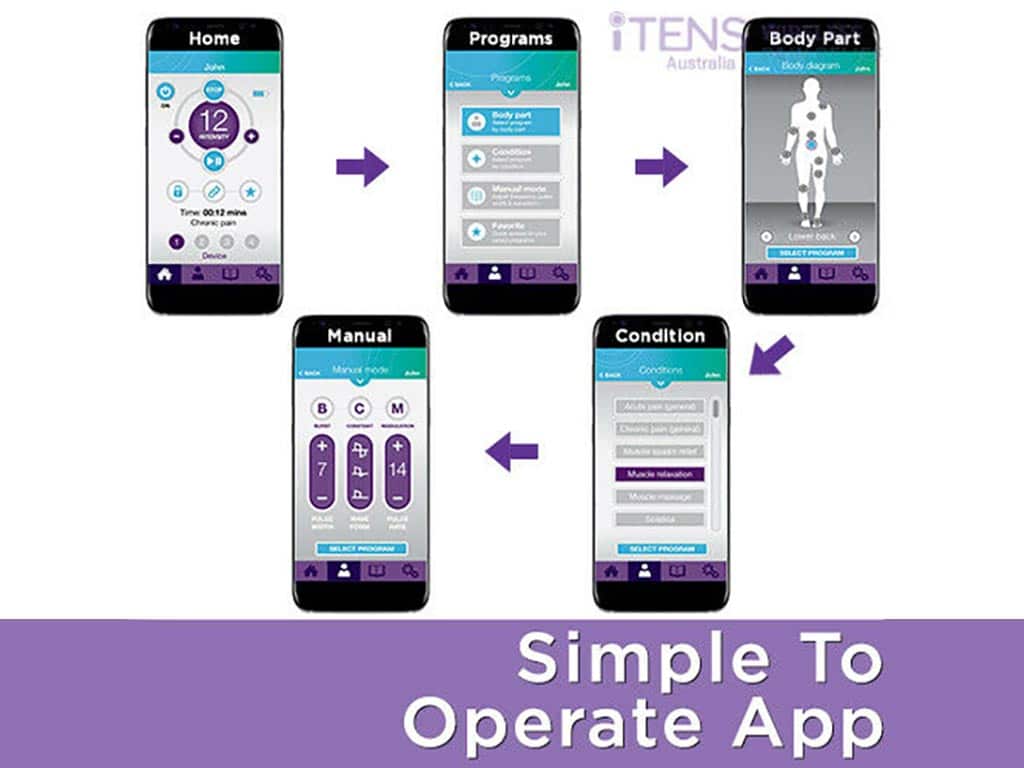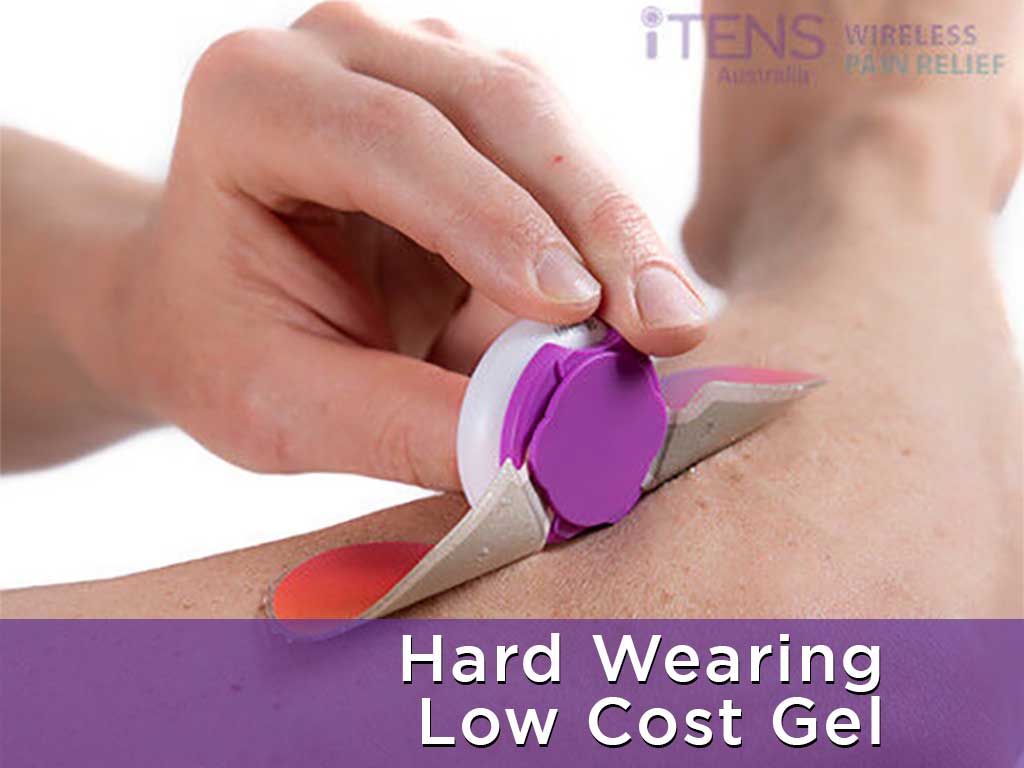
A pain reliever machine is a fast and easy way to alleviate aches and discomfort from various conditions. It has several types, including nerve stimulation, muscle stimulation, and inferential current therapies. Using the device is relatively simple, involving proper pad placement and adjustment of settings. Nevertheless, following the safety guidelines can help ensure a safe and effective experience. With the appropriate usage, individuals can attain relief from acute and chronic pain, improving the overall quality of life.
Over the years, there has been an increasing demand for safe and effective treatments for pain. Fortunately, newer technologies provide individuals with more options that work best for them. Some of these are stimulator devices for pain. They are non-invasive devices that send low-voltage electrical currents using adhesive electrodes. In this article, we will explore the different types of machines, how to operate them, and the electrode placement guide for effective stimulation.
Types of Pain Reliever Machines Available
There are various types of pain reliever machines available that people with pain can easily buy and use. Each type targets specific types of pain and conditions. One of the prominent types is the Transcutaneous Electrical Nerve Stimulation (TENS) machine. It works by stimulating the sensory nerves responsible for transmitting pain signals to the brain and releasing endorphins.
Another type is a Neuromuscular Electrical Stimulation (NMES) device. It targets the muscles and nerves directly, helping with muscle strengthening, improving blood circulation, and reducing pain. NMES devices are commonly used for rehabilitation purposes and to manage muscle spasms. In addition, it uses stronger currents than TENS to stimulate muscle contractions.
Inferential Current Therapy (ICT) machines are also popular for pain relief. They use two interfering mid-frequency electrical currents that penetrate deeper into the tissues, providing more effective pain relief. This characteristic can be beneficial for individuals with deeper or chronic pain conditions resulting from trauma or injury. Other devices that can help are electric heat packs and pulse massagers.
What Conditions Can It Treat?
- Muscle pain and soreness – A common condition resulting from overuse of the muscles.
- Joint pain and arthritis – Inflammation of the joints that cause pain, stiffness, and limited mobility.
- Neuropathic pain – Nerve damage or disorder that causes shooting or burning sensations.
- Muscle strain and sprain – Tears to the muscles or tendons from sports injuries or accidents.
- Migraines and tension headaches – Dull pain, tightness, or pressure on the head that can be debilitating.
- Period pain – Abdominal cramping during menstrual periods that can range from mild to severe.
- Spinal conditions – Degenerative disc diseases that lead to chronic back pain.

How to Use a TENS Pain Reliever Machine
There are a few important steps involved in operating a TENS pain reliever machine. To start the treatment, identify the site of pad placement. Position the electrodes on the sides of the pain or on the affected area. Check the included guide or the recommendations of a health professional to determine the most effective pad placement for a specific condition.
Next, turn on the TENS unit and adjust the settings. This may include selecting the desired frequency and duration of the electrical pulses. It is vital to start at a low intensity and gradually increase it to a comfortable level. Additionally, the duration of each session can vary depending on the individual and their specific needs. Typically, the treatment time lasts for 15 to 30 minutes.
The stimulation settings may depend on the type of pain and desired effects. For example, High-Frequency (HF) TENS is ideal for activating the pain-gating mechanisms. On the other hand, Low-Frequency (LF) TENS is more suitable for triggering endorphin release. Furthermore, the device produces gentle massage-like pulses that help to relax the muscles and reduce inflammation.
Where to Place the Electrodes?
Proper electrode placement is crucial for effective pain relief. Generally, the pads should be on both sides of the pain to allow the electrical impulses to flow towards the centre. For back pain, place the electrode pads on either side of the spinal cord. For muscle pain, one may put the electrodes directly on the affected muscles.
Joint pain like knee osteoarthritis requires attaching one pad above and another below the knee joint. The same goes for shoulder pain, elbow pain, and ankle pain. However, adjustments may be necessary depending on the area. Moreover, avoid electrode contact on surfaces with open wounds or skin irritation.

Safety Guidelines When Using a TENS Pain Reliever Machine
When using a pain reliever machine, there are several safety guidelines to follow to prevent any potential harm. Firstly, ensure that electrical nerve stimulation is an appropriate pain management method. Secondly, avoid electrode pad placement on sensitive areas. This may include the temples, head, front and sides of the neck, chest, and spinal column.
Thirdly, it is important to familiarise the functions of the device. Stay within the recommended settings and avoid extreme intensity levels. High intensities may have the risk of dizziness and skin irritation. If this occurs, check the settings and reduce them accordingly. Similarly, prolonged use may cause discomfort, or even skin burns at the electrode placement site.
Lastly, do not use the TENS machine while sleeping, driving, or operating heavy machinery. It is essential to remain alert and focused during the treatment. Since they are electrical devices, do not use the unit in water to avoid shocks. Overall, monitor the treatment closely, especially how the body responds to the electrical stimulation.
When to See a Doctor?
Before starting any therapy, it is vital to consult a healthcare professional for guidance. TENS and other forms of pain relief devices may not be suitable for patients with heart problems, cancer, epilepsy, and implanted electronic devices. Likewise, pregnant women should seek advice before using the device.
Another instance is to seek medical attention if the pain persists or worsens despite using the TENS unit or other conservative methods. This may be a sign of a more serious underlying condition that requires intervention. Additionally, consult a pain specialist if the condition comes with symptoms like weakness in the leg or unexplained weight loss.
Conclusion
A pain reliever machine can provide an effective pain relief solution for various chronic and acute pain conditions. It has several types, with TENS as one of the widely used methods. Moreover, it is a simple, drug-free solution, enabling individuals to manage pain without medications. The device works by sending small doses of electric current to the affected area of the body. This helps interrupt the pain messages and release natural pain relievers like endorphins.
The TENS device has simple controls, making it easy to manage pain at home. Proper electrode pad placement and adjustment of settings are vital for safe and effective results. Furthermore, follow the safety guidelines to prevent potential risks or harm. By adhering to this guide, individuals can attain relief from nerve pain, musculoskeletal pain, and even post-operative pain. Nevertheless, seeking advice from a medical professional can help determine the most suitable treatment strategies.




















